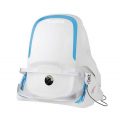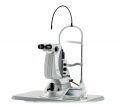The Benefits
- The OCULUS C-Quant is computer-controlled, so examination data and results can be saved
- The examinations are conducted monocularly
- The inclination angle of the unit can be adjusted to suit the patient’s requirements
- An instruction phase at the beginning of the examination enables the examiner to determine whether the patient has understood the process
- Corrective lenses can be inserted
- At the end of the examination, all of the patient’s answers are shown in the flow chart, together with the result
- Reliability indicator for quality control purposes
Presentation of the Results
- Absolute straylight value as a log(s)
- Graphic display of the straylight compared to an age-related normal examination time
- Standard deviation of the individual measuring points (Esd)
- Reliability coefficient (Q)
- Printout possible
Functions
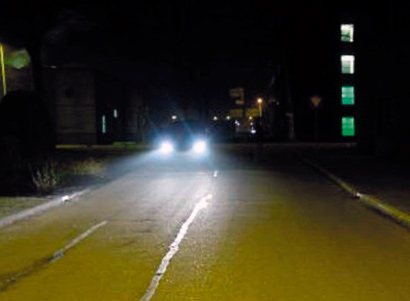 Increased ocular straylight is almost always caused by a lens cataract, but can also be caused by the cornea too, e.g. after refractive surgery.
Increased ocular straylight is almost always caused by a lens cataract, but can also be caused by the cornea too, e.g. after refractive surgery.
In short: Increased ocular straylight reduces visual acuity and thus impairs the quality of life.
Many patients complain of night blindness. They see a “halo” around a light source or feel dazzled by the headlights of oncoming vehicles. When common vision tests are conducted, nothing seems to be wrong. The most likely cause is an increase in the straylight in the human eye, which cannot be detected or measured in conventional eye examinations. The ocular straylight disturbs visual perception and thus reduces visual acuity.
The OCULUS C-Quant now provides a way to detect this cause of reduced visual acuity, and the patient can thus be given more comprehensive advice and be offered possible solutions to improve his individual quality of life.
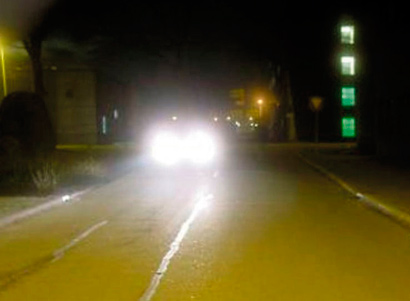 The examination with the OCULUS C-Quant is specifically designed for older patients and those with reduced visual acuity and takes approx. 1 to max. 2 minutes per eye.
The examination with the OCULUS C-Quant is specifically designed for older patients and those with reduced visual acuity and takes approx. 1 to max. 2 minutes per eye.
The OCULUS C-Quant was developed together with Dr. Tom van den Berg of the Netherlands Ophthalmic Research Institute (NORI) in Amsterdam. Dr. Tom van den Berg has been researching ocular straylight in the human eye for over 20 years and is an esteemed and recognized expert both nationally and internationally. The results of his studies are the basis of the OCULUSC-Quant evaluation program.

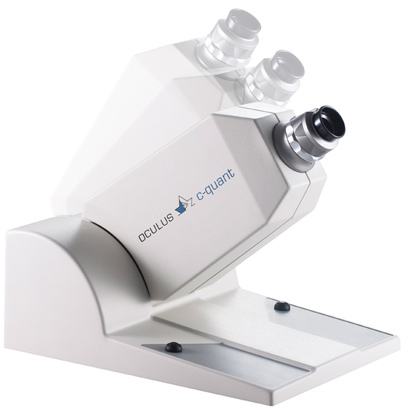
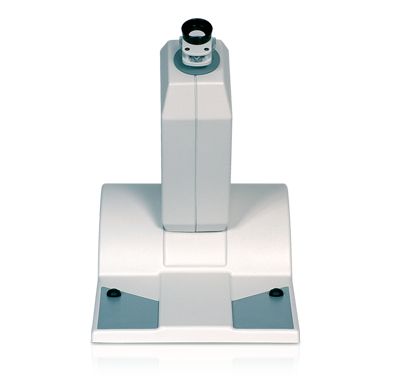


 Increased ocular straylight is almost always caused by a lens cataract, but can also be caused by the cornea too, e.g. after refractive surgery.
Increased ocular straylight is almost always caused by a lens cataract, but can also be caused by the cornea too, e.g. after refractive surgery. The examination with the OCULUS C-Quant is specifically designed for older patients and those with reduced visual acuity and takes approx. 1 to max. 2 minutes per eye.
The examination with the OCULUS C-Quant is specifically designed for older patients and those with reduced visual acuity and takes approx. 1 to max. 2 minutes per eye.